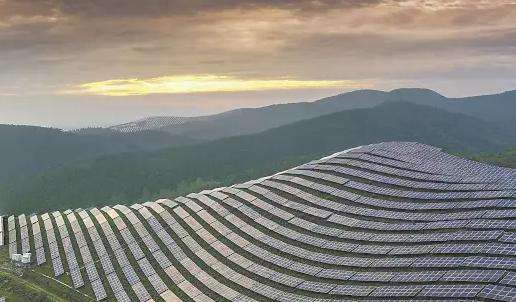The size of our 100 kW product is 2450 × 750 × 1500 (L × W × H mm). Regarding the required size of a room, this element must also take into account the issues of heat dissipation and air intake and exhaust. a meter and a half from the wall. It is best to place the front tank of the radiator at least 2 meters from the wall. It is best to make the intake and exhaust pipes separately. Install an intake and exhaust fan in the room. Also pay attention to the location of fuel tanks and the location of fire extinguishers, distribution boxes, spare parts, tools, etc. Calculated this way, a room larger than 30 square meters is preferable. If it's smaller, place other items in other rooms. Our customers also have a separate small room for the fuel tank.
Remember that if the room is too small, the dissipationthermal of the machine will be affected.
How to standardize the ventilation of the diesel generator room
The general ventilation and process air supply of the diesel generator room are carried out by the HVAC professional. Others are determined by the electrical major. To put it simply: When the diesel engine room is not producing electricity, the air supply and exhaust is provided by HVAC professionals and when the diesel engine room machines are operating, the air supply treatment is also carried out at this time by HVAC professionals; As with process smoke extraction, these are determined by the electrical sector.
The ventilation of the diesel generator room includes two parts: daily ventilation and working ventilation.
Daily ventilation: the number of ventilations in the generator engine room refair-cooled and water-cooled should be 6 times, and the number of ventilations in the oil storage room should not be less than 3 times. For computer rooms that use gas fire suppression systems, after a fire, this ventilation system is responsible for exhausting indoor exhaust gases, but it is not accidental ventilation. To ensure personal safety, it is recommended to set the start button for accidental ventilation.
Working ventilation: Water-cooled diesel generators must consider the amount of air required for oxygen consumption in operation; Air-cooled generators have a large volume of cooling air and generally use a natural air intake. Diesel engines have their own fan. pressure emissions, but diesel generators The pressure height of the built-in fan is only approx.150 Pa. When the shaft resistance is large, a fan should be added to overcome the shaft resistance. the air inlet shaft is large, an air inlet fan is added; if the exhaust shaft resistance is large, an exhaust fan is added.
The diesel generator room uses a gas fire extinguishing system. Solenoid valves should be installed on the air inlet and exhaust channels. When a fire occurs in the diesel generator room and gas fire extinguishing is triggered, these valves will be closed. in a chain to ensure the extinguishing effect.
Diesel generator exhaust is a pressurized exhaust with high combustion gas temperature and high air flow velocity. Combustion gases must be vented at high altitude. The flue must be thermally insulated and fitted with a shock-absorbing support. should be installé.
Diesel generator rooms should pay attention to ventilation and smoke exhaust, otherwise it will affect the use of the generator and cause damage to the generator. For businesses that cannot afford power outages, generator damage is very serious. bad thing.














